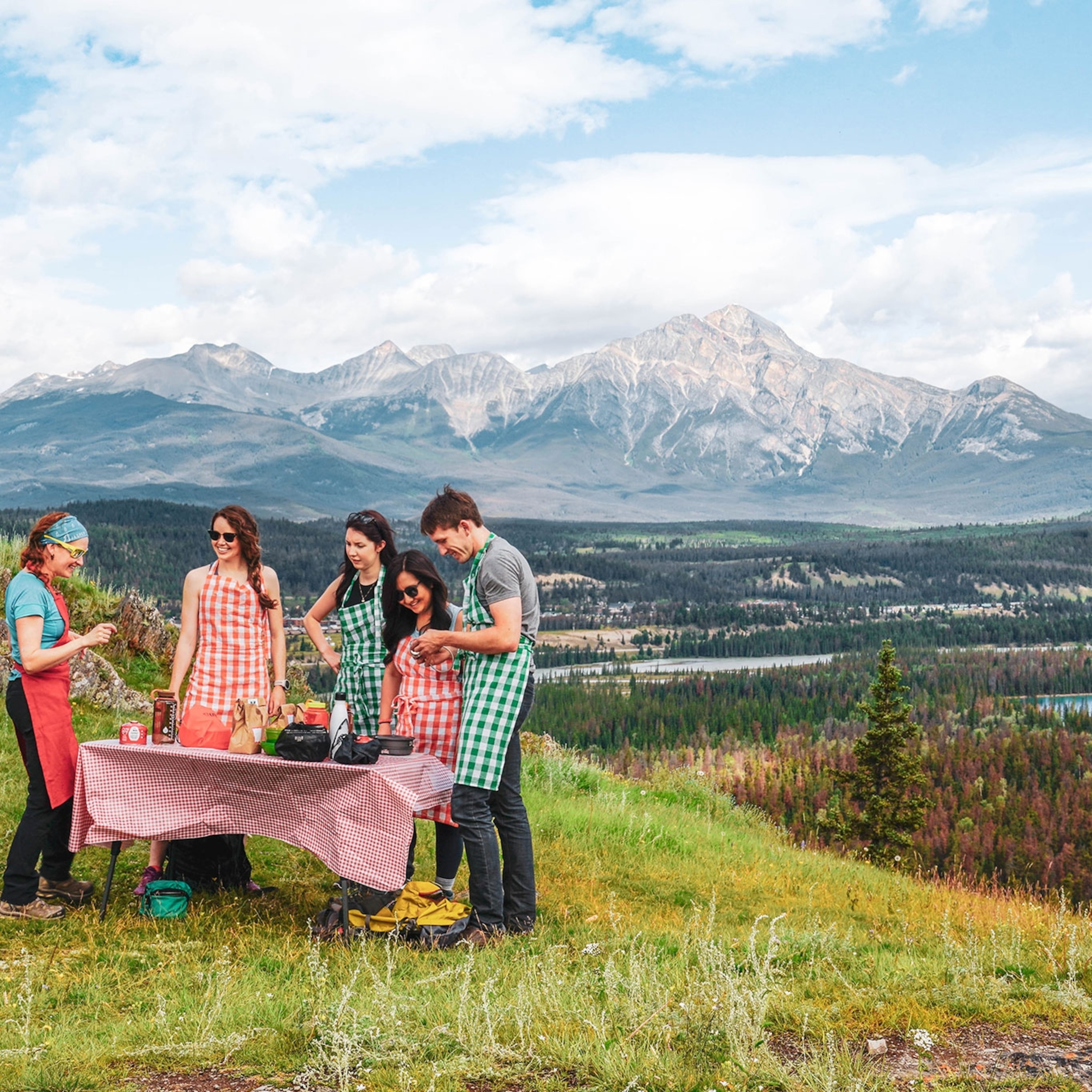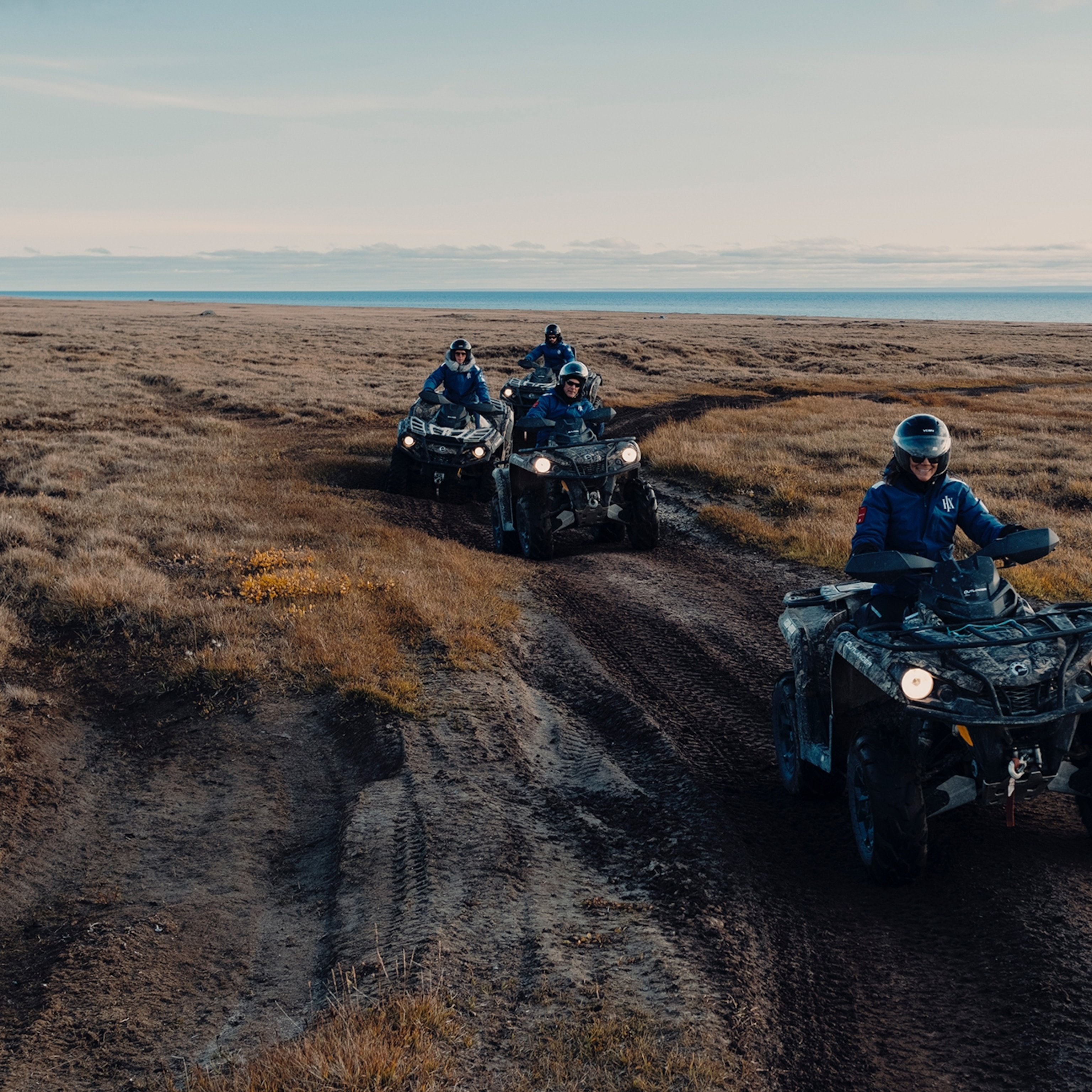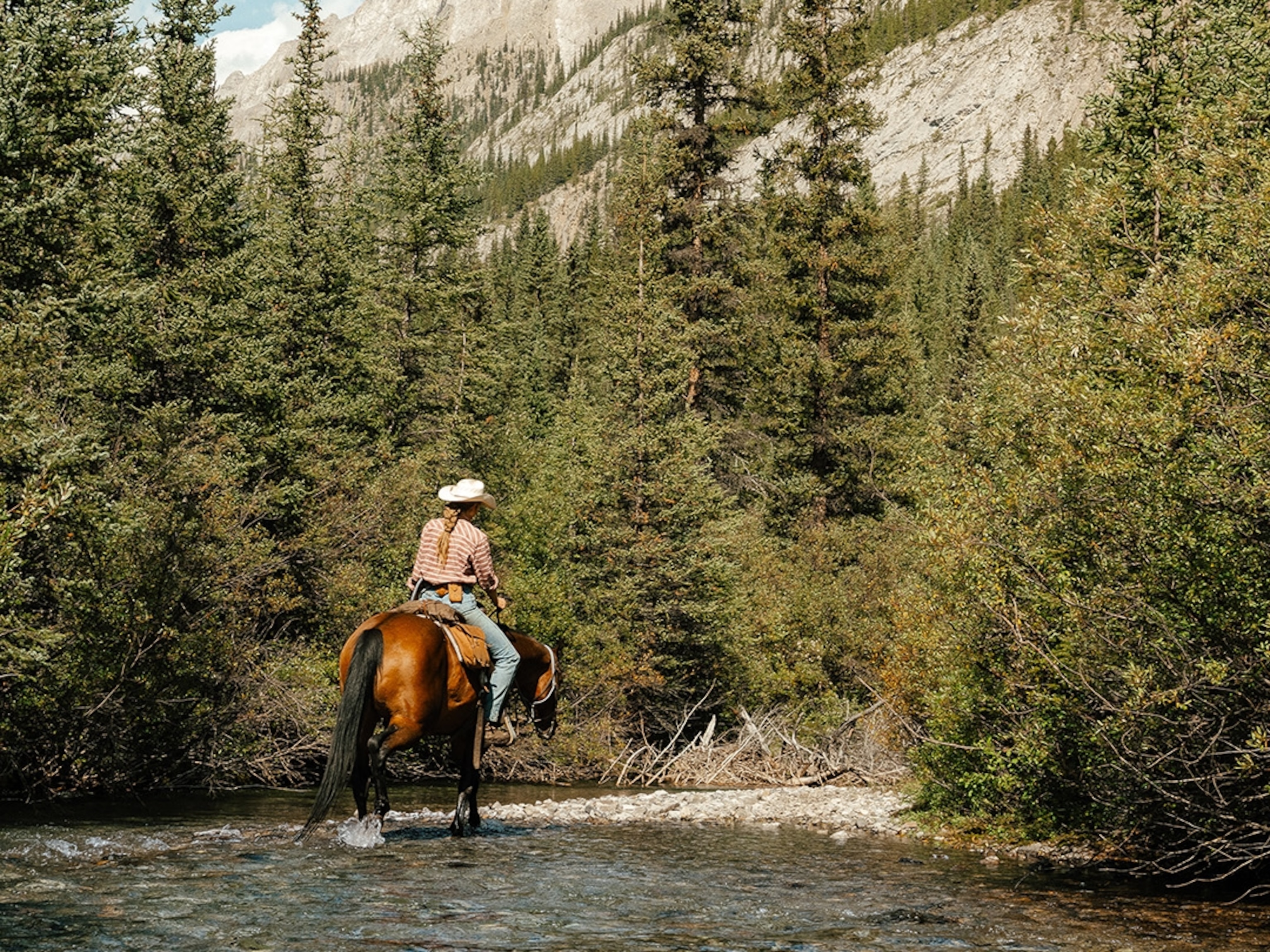Spark your sense of wonder in Alberta’s cultural landscapes
The wide-open spaces of western Canada’s province of Alberta hold a treasure trove of cultural heritage and fascinating stories.
Alberta’s awe-inspiring natural beauty is easy to see, and yet, there’s so much more than meets the eye—if you know where to look. Hiding in plain sight in the protected spaces of this western Canadian province are the stories, artifacts, and traditions of the First Nations, Métis, and Inuit Indigenous Peoples; European explorers; fur traders; farmers; and others who lived on the land or who still call it home. The fascinating human history of the province adds a rich cultural tapestry to Alberta’s badlands, prairies, and Canadian Rockies, creating cultural landscapes that inspire curiosity and wonder.
One such cultural landscape is Writing-on-Stone / Áísínai'pi, a UNESCO World Heritage Site, one of six in Alberta. The park is located in the high grassland prairies of southern Alberta’s Milk River Valley. Spectacular sandstone formations, cliffs, and hoodoos—fantastical spires of rock sculpted by water and wind—dominate the landscape. For centuries, Indigenous Peoples have etched and painted their experiences and visions on the sandstone, leaving a stunning legacy of spiritually charged imagery embedded in the rock.
Writing-on-Stone / Áísínai'pi protects more than 150 ancient rock art sites, the highest density of rock art on the Great Plains of North America. The knowledge and history passed on through the art and the landscape makes the park a sacred space to the Niitsítapi (Blackfoot) and other Indigenous Peoples.
National Geographic Travel photographer Kahli April, who recently joined Blackfoot Elder Saa’kokoto on a hike along Writing-on-Stone / Áísínai'pi’s new Matapiiksi (Hoodoo) Interpretative Trail, says it was the sacredness of the landscape that resonated with her the most.
Matapiiksi, the Blackfoot word for “the people,” refers to the maze-like collection of hoodoos and sandstone columns that hikers navigate on the 3.1-mile (5 km) out-and-back route. As a photographer, April adds that she was naturally drawn to the trail’s surreal sandstone formations and cliffs. But, as she learned about how the rock carvings (petroglyphs) and rock paintings (pictographs)—the oldest of which were made 1,000 to 2,000 years ago—are linked to the biographic histories and living traditions of the Blackfoot people, she says that what she’d anticipated being a scenic hike turned out to be so much more.
“We’re all seeking outdoor places to reconnect with nature,” says Kahli April. “Writing-on-Stone / Áísínai'pi takes that one step further. You get this whole rich history and cultural and spiritual meaning to go with the landscape, which is unexpected. I’ve visited many places before where it’s all about the natural beauty, but this was a much deeper experience than just going to see a pretty view.”
That experience began with Kahli April making a land acknowledgement, a statement recognizing the historic and ongoing presence and connection of different Indigenous groups to the land she was about to explore.
“It was important to me to acknowledge the history of Writing-on-Stone / Áísínai'pi and its cultural significance,” she explains. “By understanding more about to whom this land belongs and the stories it told, I was able to have a deeper connection during my time there.”
When her guide Saa’kokoto looked out over the landscape—the Milk River flowing next to the hoodoos, the cliffs surrounded by prairies, and the Katyoississtsi (Sweet Pine Hills), a short distance away in the U.S. state of Montana—Kahli April says that she was deeply moved by the story he shared about his grandfather crossing the plains a century ago, and by his own memory of seeing Writing-on-Stone / Áísínai'pi for the first time as a child.
“To be outdoors and to be learning about the history of this incredible place that exists right here in Alberta, and that many people call home, was extremely meaningful and rewarding,” Kahli April says. “It truly was a spiritual experience.”
While Kahli April walked with a guide, the trail is designed to be self-guided. Pick up a free trail pamphlet at the Visitor’s Centre and read the informational panels at the 15 numbered stops to discover how this otherworldly landscape was shaped and its significance in Blackfoot creation stories.
Although rock art is visible on the Matapiiksi (Hoodoo) Interpretive Trail, most of the park’s thousands of petroglyphs and pictographs are protected within the Archaeological Preserve. This restricted area can be accessed on guided, 1.5-hour walking tours led by park interpreters from mid-May to September. Book a tour in advance of your visit to view the rock art collection with an expert who can share the stories and decipher the visual clues left by the Indigenous ancestors. The oldest rock art, such as the “En Toto tradition” petroglyphs—thought to show people participating in a ceremony—depicts scenes of life before Europeans arrived in North America. Newer rock art can be identified by the inclusion of guns, horses, and other images illustrating items introduced by Europeans.
Writing-on-Stone / Áísínai'pi Provincial Park is but one example of how human culture is deeply rooted in Alberta’s natural spaces. Wherever your Alberta travels take you, there’s a “culturescape” nearby with stories to tell.
Just east of Edmonton, for instance, Elk Island National Park is a bit of an Alberta hidden cultural gem. Best known for its leading role in rescuing bison from near-extinction (the park is home to hundreds of plains and wood bison, as well as elk and more than 250 bird species), Elk Island also has an extensive cultural history dating back as far as 8,000 years. Indigenous archaeological sites, hands-on interpretive programs (offered daily in July and August), and historic buildings, including a reconstructed Ukrainian pioneer home, bring the park’s Indigenous and Euro-Canadian history to life.
On the northern banks of the Peace River in northwestern Alberta, take a deep dive into the history of this region’s Indigenous People, fur trading past, and Catholic missionary presence at Historic Dunvegan (reopening in 2022). The seasonal living history site located within Dunvegan Provincial Park on the traditional lands of the Dunne-za (Beaver) people includes four authentically restored original buildings dating back to the 1800s. During the summer, take a guided tour to hear the stories and retrace the footsteps of the Indigenous People, fur traders, and missionaries who left a lasting cultural legacy awaiting discovery.
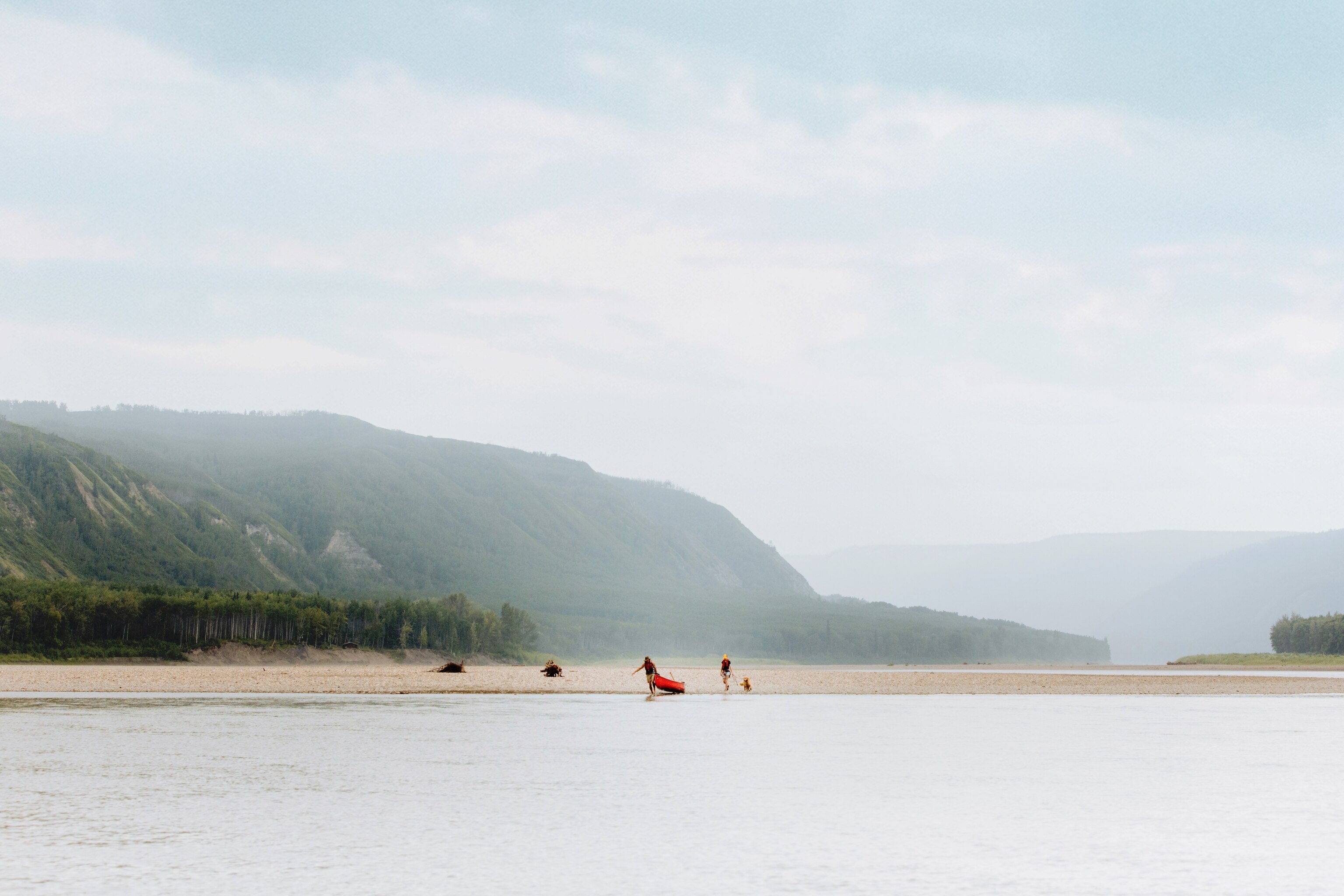
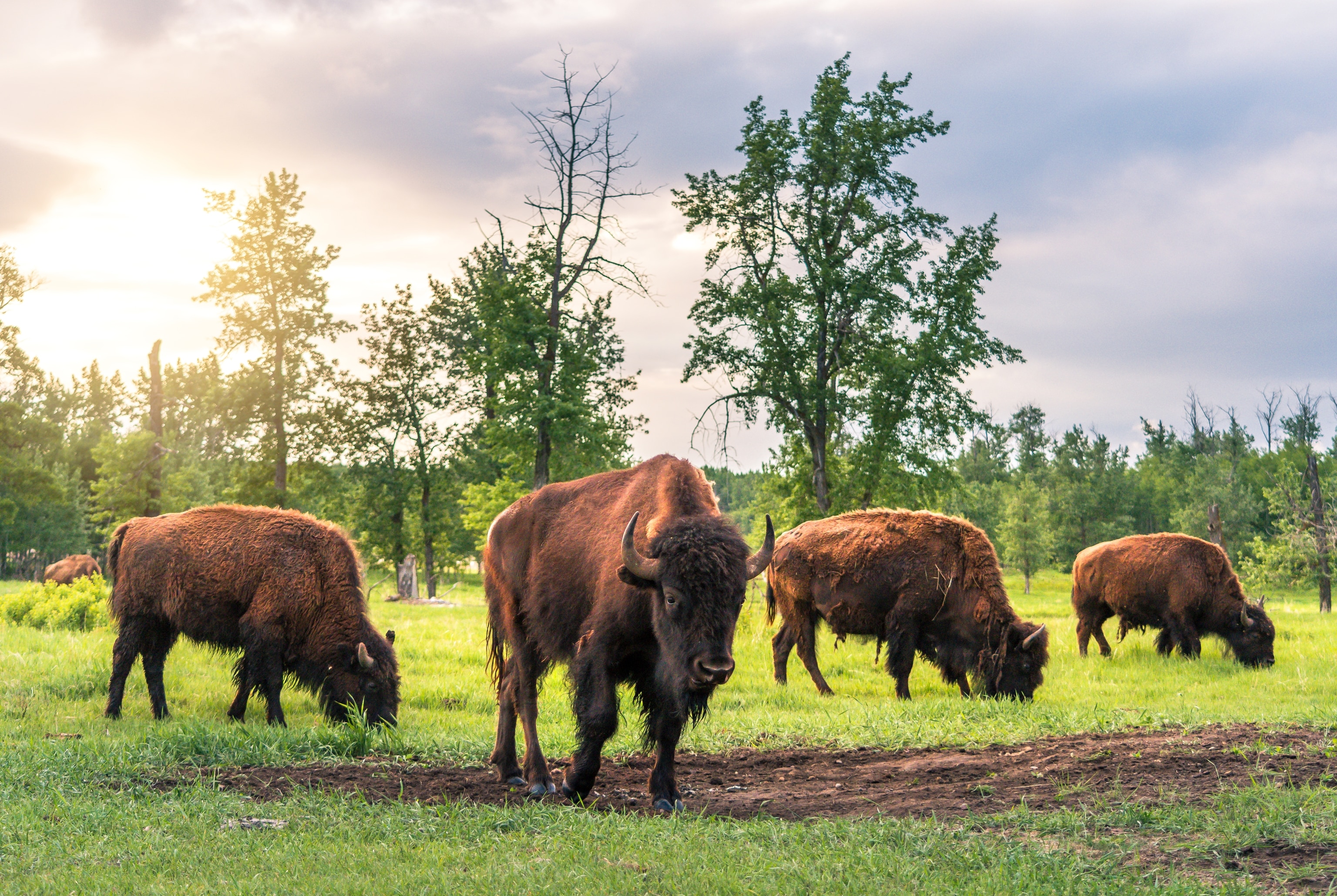
Need more inspiration? Find other fascinating cultural landscapes to explore with TravelAlberta.
